Refine search
Actions for selected content:
36901 results in Cambridge Textbooks
Glossary
-
- Book:
- The Sounds of English Around the World
- Published online:
- 25 August 2023
- Print publication:
- 14 September 2023, pp 329-337
-
- Chapter
- Export citation
Reviews
-
- Book:
- Introduction to Quantum Cryptography
- Published online:
- 10 October 2023
- Print publication:
- 14 September 2023, pp ii-ii
-
- Chapter
- Export citation
8 - Cancer Detection, Diagnosis and Radiotherapy
-
- Book:
- Introduction to Cancer Biology
- Published online:
- 07 September 2023
- Print publication:
- 14 September 2023, pp 251-275
-
- Chapter
- Export citation
Appendices
-
- Book:
- The Sounds of English Around the World
- Published online:
- 25 August 2023
- Print publication:
- 14 September 2023, pp 290-328
-
- Chapter
- Export citation
7 - Cancer Signalling Networks
-
- Book:
- Introduction to Cancer Biology
- Published online:
- 07 September 2023
- Print publication:
- 14 September 2023, pp 223-250
-
- Chapter
- Export citation
9 - Investigating English Phonetics and Phonology
-
- Book:
- The Sounds of English Around the World
- Published online:
- 25 August 2023
- Print publication:
- 14 September 2023, pp 274-289
-
- Chapter
- Export citation
Tables
-
- Book:
- The Sounds of English Around the World
- Published online:
- 25 August 2023
- Print publication:
- 14 September 2023, pp xiii-xiv
-
- Chapter
- Export citation
3 - The Vowels of English
-
- Book:
- The Sounds of English Around the World
- Published online:
- 25 August 2023
- Print publication:
- 14 September 2023, pp 45-118
-
- Chapter
- Export citation
2 - Quantum Tools and a First Protocol
-
- Book:
- Introduction to Quantum Cryptography
- Published online:
- 10 October 2023
- Print publication:
- 14 September 2023, pp 40-77
-
- Chapter
- Export citation
Introduction
-
- Book:
- Plato: <i>Republic</i> Book I
- Published online:
- 08 November 2024
- Print publication:
- 14 September 2023, pp 1-36
-
- Chapter
- Export citation
5 - Quantifying Information
-
- Book:
- Introduction to Quantum Cryptography
- Published online:
- 10 October 2023
- Print publication:
- 14 September 2023, pp 125-152
-
- Chapter
- Export citation
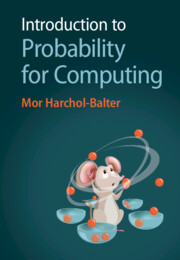
Introduction to Probability for Computing
-
- Published online:
- 12 September 2023
- Print publication:
- 28 September 2023
-
- Textbook
- Export citation
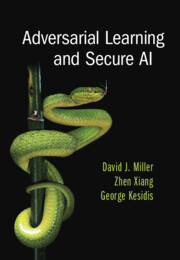
Adversarial Learning and Secure AI
-
- Published online:
- 07 September 2023
- Print publication:
- 31 August 2023
-
- Textbook
- Export citation
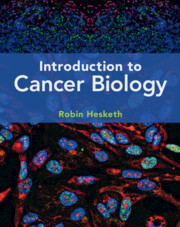
Introduction to Cancer Biology
-
- Published online:
- 07 September 2023
- Print publication:
- 14 September 2023
-
- Textbook
- Export citation
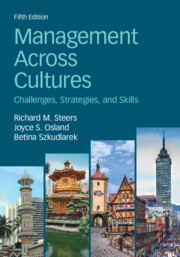
Management Across Cultures
- Challenges, Strategies, and Skills
-
- Published online:
- 07 September 2023
- Print publication:
- 21 September 2023
-
- Textbook
- Export citation
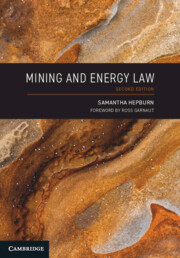
Mining and Energy Law
-
- Published online:
- 07 September 2023
- Print publication:
- 21 September 2023
-
- Textbook
- Export citation
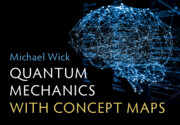
Quantum Mechanics with Concept Maps
-
- Published online:
- 07 September 2023
- Print publication:
- 21 September 2023
-
- Textbook
- Export citation
Acronyms
-
- Book:
- Experimental Design and Data Analysis for Biologists
- Published online:
- 04 September 2023
- Print publication:
- 07 September 2023, pp xviii-xx
-
- Chapter
- Export citation
16 - Multivariate Analyses Based on (Dis)similarities or Distances
-
- Book:
- Experimental Design and Data Analysis for Biologists
- Published online:
- 04 September 2023
- Print publication:
- 07 September 2023, pp 322-336
-
- Chapter
- Export citation
Glossary
-
- Book:
- Experimental Design and Data Analysis for Biologists
- Published online:
- 04 September 2023
- Print publication:
- 07 September 2023, pp 365-366
-
- Chapter
- Export citation
